I have a graph that represents one large process made up of two smaller processes. Each of the smaller processes is represented by a subgraph. But when I connect the end of one of those subprocesses (let's say "one") to the start of the other ("two"), the starting shape for the other process ("two") ends up in the same cluster as the ending of "one". How can I get the arrow from the end of one to point to the start of two, but keep the starting shape of two within its cluster?
digraph BigProcess {
graph [ label="Some big process" ]
subgraph clusterSubProcess1 {
graph [ label="Subprocess one", color="red" ]
start1_1 -> start1_2;
start1_2 -> start1_3a;
start1_2 -> start1_3b;
start1_3a -> start1_4;
start1_3b -> start1_5;
start1_4 -> start1_1;
start1_5 -> start2_1;
}
subgraph clusterSubProcess2 {
graph [ label="Subprocess two", color="blue" ]
start2_1 -> start2_2;
start2_2 -> start2_3a;
start2_2 -> start2_3b;
start2_3a -> start2_4;
start2_3b -> start2_5;
start2_4 -> start2_1;
start2_5 -> end1;
}
}
This results in the following, where I really want start2_1 to be the top node within the blue bounded box.

